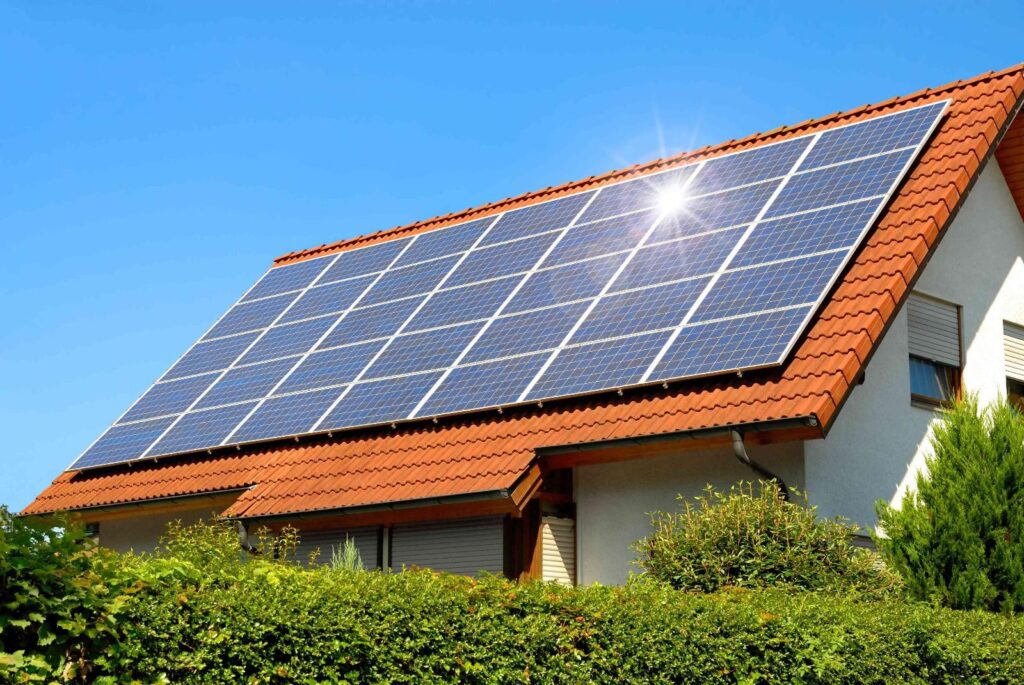The Role of Solar Photovoltaic Power Generation in Disaster Recovery and Reconstruction
Introduction: In the face of natural disasters and the increasing frequency of extreme weather events, it has become imperative to find resilient and sustainable solutions for disaster recovery and reconstruction. Solar photovoltaic (PV) power generation has emerged as a key player in this realm, offering numerous benefits and opportunities. This blog post explores the role of solar PV in disaster recovery and reconstruction efforts, focusing on its ability to provide immediate energy access, enhance resilience, and contribute to long-term sustainable development.
- Immediate Energy Access: Following a disaster, one of the critical challenges is to restore electricity to affected areas swiftly. Traditional power grids may suffer damage or become unreliable, causing prolonged power outages. Solar PV systems can play a vital role in providing immediate energy access, as they can be quickly deployed and operate independently of the grid. Portable solar panels and solar-powered generators can provide emergency power for essential services such as hospitals, emergency shelters, and communication centers. Solar-powered lighting solutions can also improve safety and security in disaster-affected areas. By providing immediate energy access, solar PV helps facilitate rescue operations, supports communication networks, and ensures the well-being of affected communities.
- Enhanced Resilience: Resilience is a critical aspect of disaster recovery and reconstruction. Solar PV systems offer inherent resilience due to their distributed nature and minimal reliance on external infrastructure. Unlike centralized power plants, solar PV systems are decentralized, meaning they are less vulnerable to disruptions caused by damaged transmission lines or fuel supply interruptions. Moreover, solar PV systems are modular and scalable, allowing for quick expansion or relocation as recovery efforts progress. By incorporating energy storage systems, solar PV can provide reliable power even during periods of limited sunlight or grid instability. This enhanced resilience not only aids immediate recovery efforts but also helps communities prepare for future disasters, reducing their vulnerability and dependence on external energy sources.
- Long-term Sustainable Development: Solar PV power generation aligns with the principles of sustainable development, making it an ideal choice for long-term recovery and reconstruction efforts. By transitioning to solar energy, disaster-affected communities can reduce their reliance on fossil fuels and contribute to global efforts to mitigate climate change. Solar PV systems generate clean and renewable energy, producing zero greenhouse gas emissions during operation. This not only helps combat climate change but also improves air quality, particularly in densely populated areas. Additionally, solar PV systems can provide a reliable and affordable source of electricity, reducing the burden on public utilities and ensuring long-term energy affordability for affected communities. By embracing solar energy, communities can rebuild in a sustainable and environmentally conscious manner, fostering a more resilient future.
Conclusion: Solar photovoltaic power generation offers a range of benefits and opportunities in the context of disaster recovery and reconstruction. Its ability to provide immediate energy access, enhance resilience, and contribute to long-term sustainable development makes it a valuable tool in the aftermath of natural disasters. By incorporating solar PV systems into recovery plans, communities can restore vital services, improve safety and security, and pave the way for a more resilient future. As we continue to face the challenges of climate change and increasing disaster risks, solar PV power generation stands as a sustainable solution, enabling us to recover, rebuild, and thrive in the face of adversity.



Comments are closed